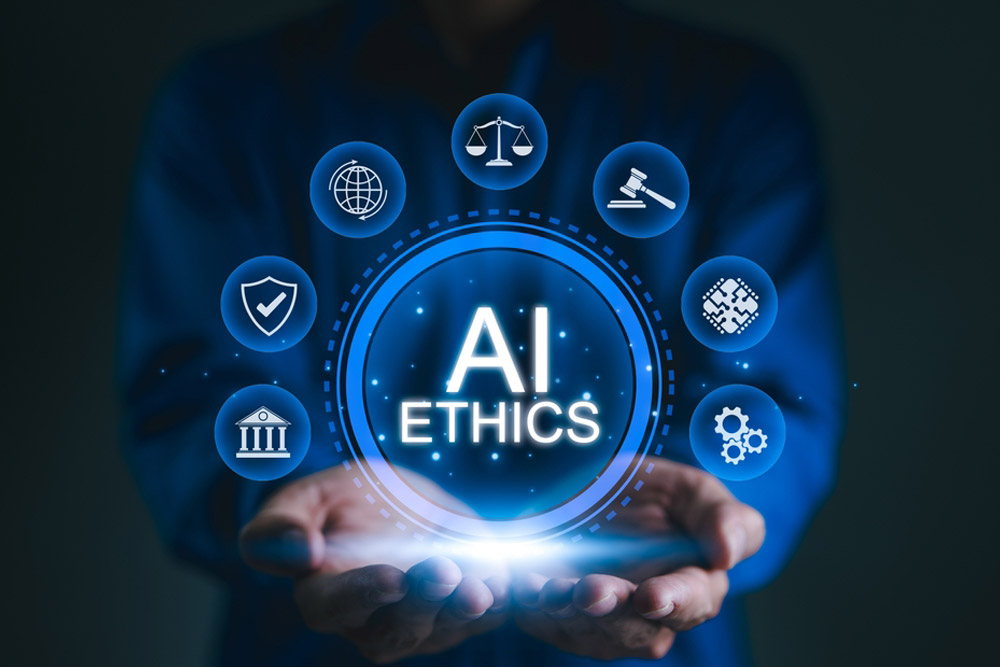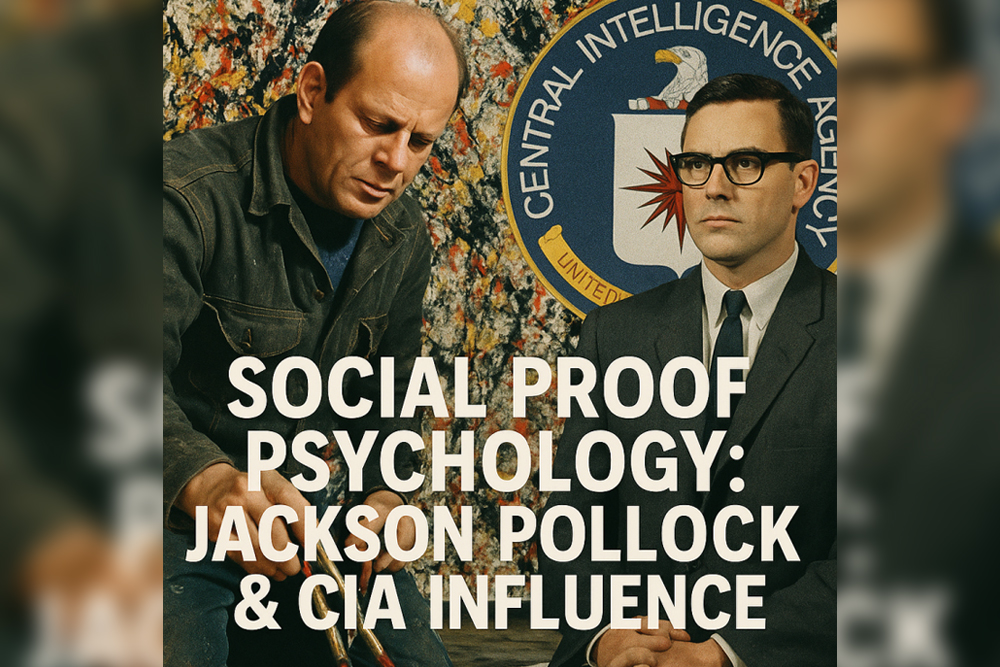What Are the Ethical Concerns of Using AI in Digital Marketing?
Artificial intelligence (AI) is transforming digital marketing at a speed that few industries have witnessed before
How Does AI Help Automate Content Distribution?
In the modern digital marketing landscape, content is no longer just king—it’s the kingdom. But even the best content is useless if it doesn’t reach the right people at the right time, in the right format, and on the right platform
The Psychology of Social Proof: Lessons from Jackson Pollock and the CIA
Explore the psychology of social proof through the compelling example of Jackson Pollock, whose rise was significantly influenced by the CIA's strategic endorsement. Discover how understanding social proof can transform perceptions and drive behavior.
Will Airbnb’s Foray into Photography Services Succeed—or Fizzle Out?
Introduction: A Lens Into Airbnb’s Strategic Pivot Airbnb’s 2025 Summer Release introduced a dramatic shift in strategy: not only lodging but services, including massage, chefs, personal trainers—and notably, photographers. On paper, it’s a savvy move. The market for on-demand visual storytelling is booming. But as with any platform pivot, the question arises: Will Airbnb's Photography Services become a high-margin, sticky offering—or fall into the graveyard of underused features? To answer that, we must examine three forces: brand positioning, market psychology, and historical context. The Brand Positioning Dilemma: From Lodging to Lifestyle Airbnb's brand equity lies in one word: belonging. “Live like a local” was its




